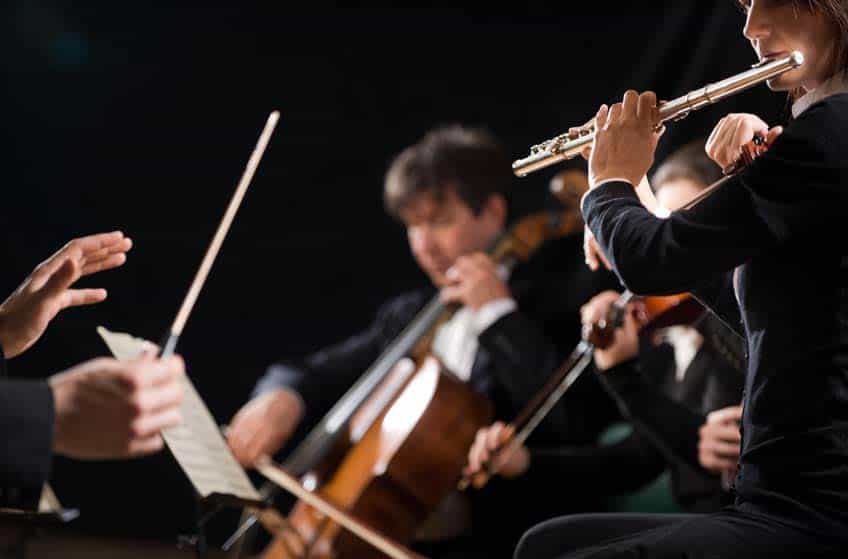Miroslav Vitous is a legendary Jazz Bassist from the Czech Republic. In 1993, he found himself at the cutting edge of sampling technology when he decided to attempt to sample the entire Czech Philharmonic Orchestra. The resulting huge and expensive sample library became the mainstay of many media composers running on hardware Akai, Roland, and Emu samplers.
These devices typically had a few megabytes of memory: modern computers can load gigabytes of samples. Even so, the original Miroslav library was considered legendary for the “feel” of it as much as the quality and size of the samples. In 2006, IK Multimedia took this original library and built it into the Miroslav Philharmonik virtual instrument.
Ten years later, in collaboration with Miroslav, IK Multimedia released Philharmonik 2, which takes the library to an astonishing 58GB covering 2,700 instruments.
What’s perhaps unique about this virtual orchestra is it was produced by an artist rather than an engineer. There was something about the way the instruments were played, the emotion captured in those samples that made the Miroslav library so creatively exciting. Miroslav Philharmonik 2 aims to retain the spirit and musicality of the original while expanding the range and reach. It then delivers all the humanity, passion and grandeur of a real orchestra in one virtual instrument.
Within the virtual instrument, you can load up to 16 instruments. Each instrument comes with multiple articulations that are switchable via key presses. To load more instruments, simply load another instance of Philharmonik 2 and you have another 16 instruments to create another section.
The mixing page helps you blend the individual instruments and control the routing through the inbuilt, professional effects. A powerful synthesizer engine lets you edit the instruments’ tonal character. And finally, a convolution reverb provides a 3D sonic visualization of the acoustic space in which you want to place your players.
Miroslav Philharmonik 2 is an extraordinary collection of instruments able to bring an emotive and elegant sound to your music. It’s wrapped up in an easy-to-use interface that’s instantly accessible and at an inclusive price point. For the budget-conscious there’s even a CE version containing 10GB of samples and 700 instruments, covering probably what most people would actually need. This would be a good place to start.
Miroslav Philharmonik 2 aims to retain the spirit and musicality of the original while expanding the range and reach. It then delivers all the humanity, passion and grandeur of a real orchestra in one virtual instrument.
Street Prices:
• Miroslav Philharmonik 2 $499
• Miroslav Philharmonik 2 CE $149
ikmultimedia.com
Check out this Miroslav Philharmonik 2 video review
